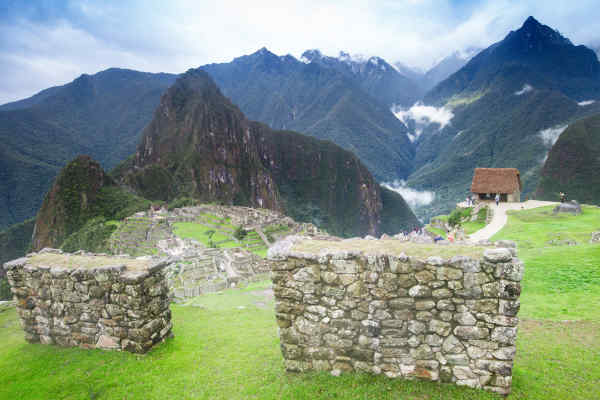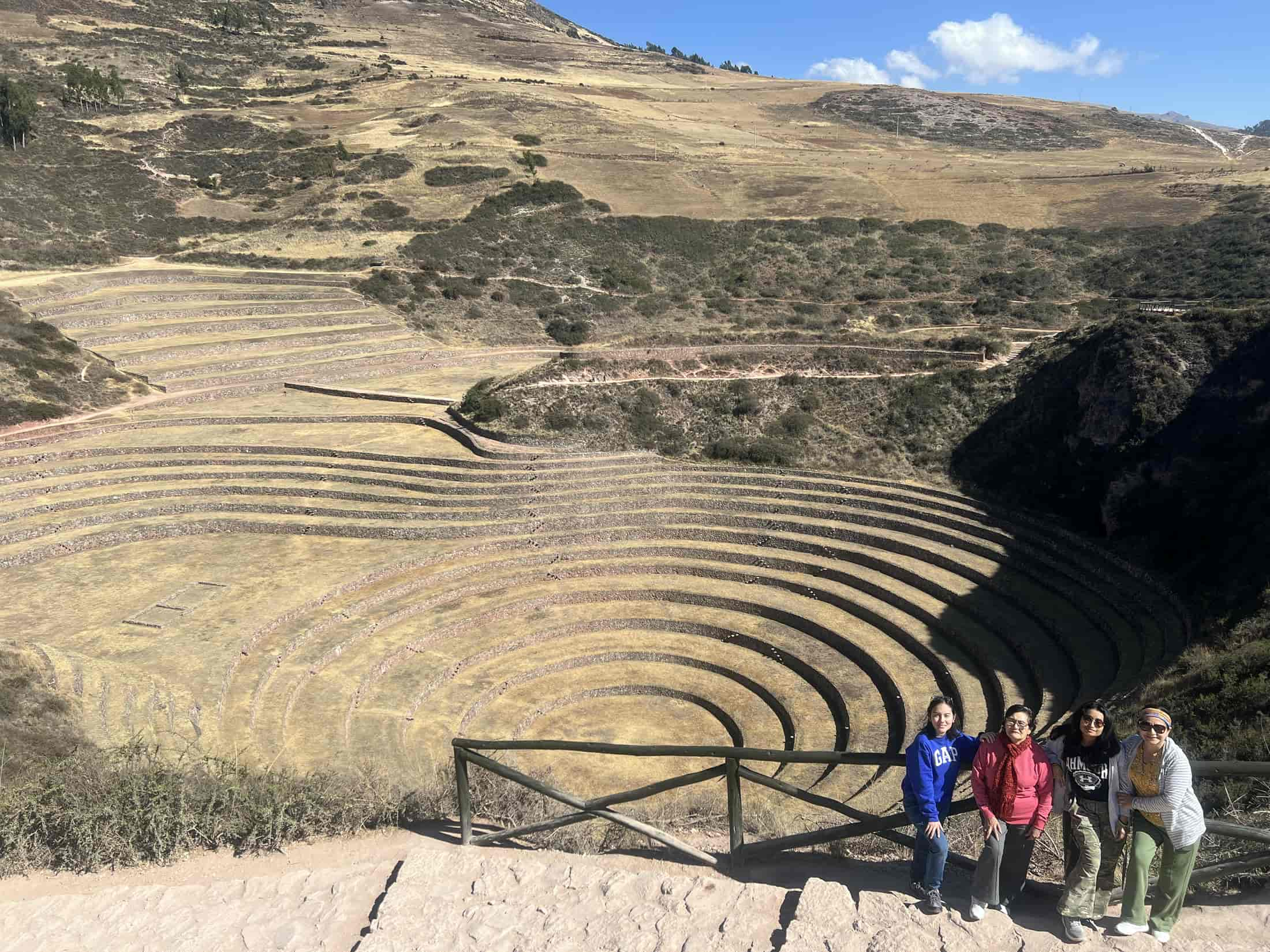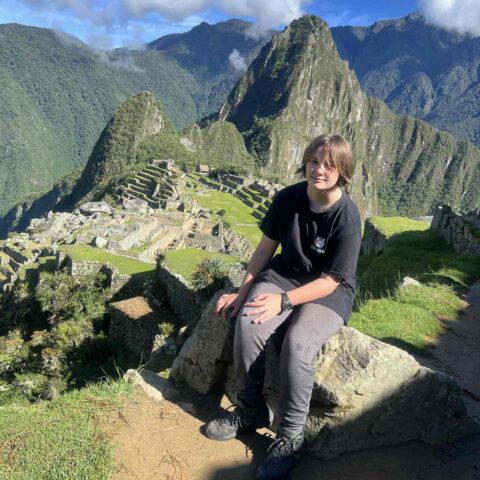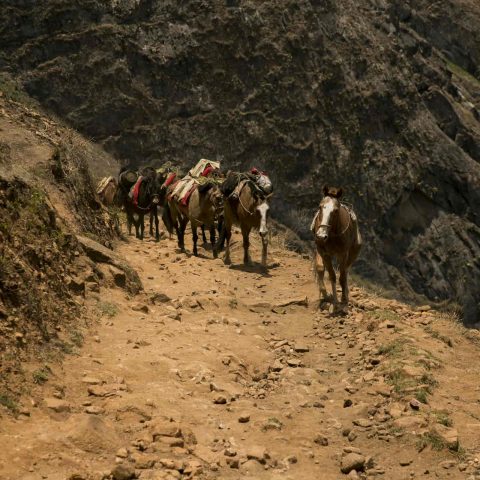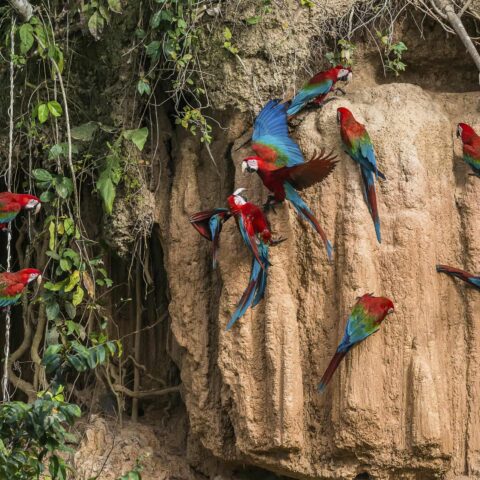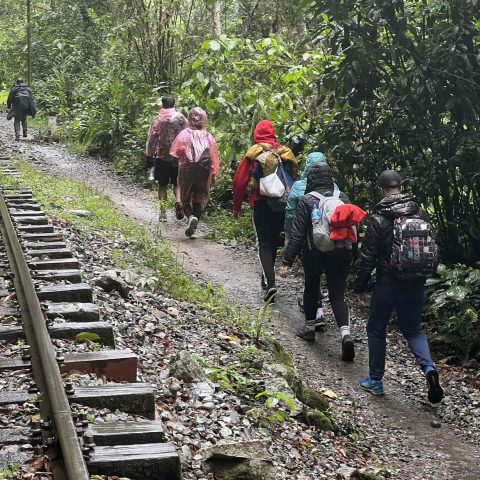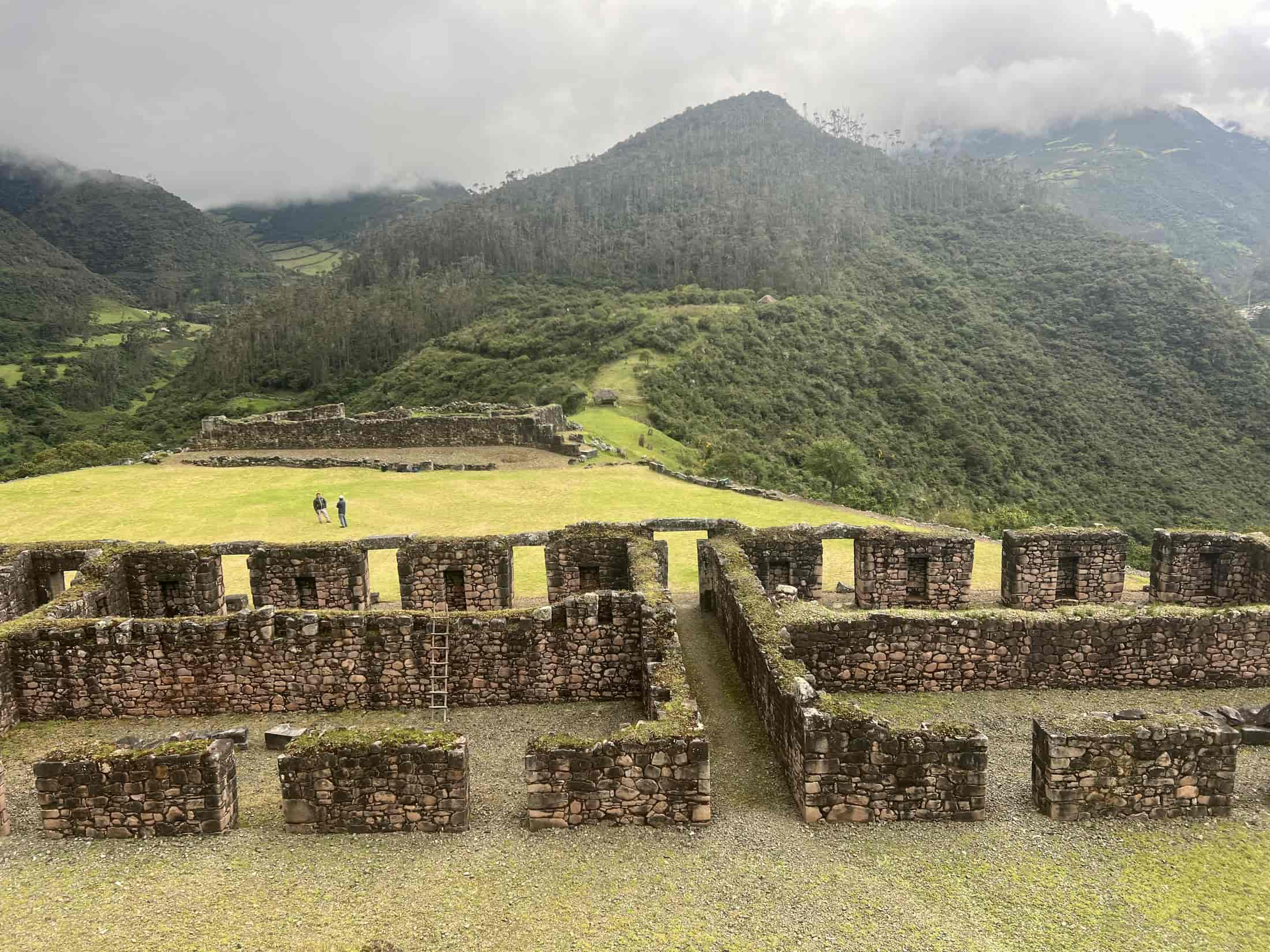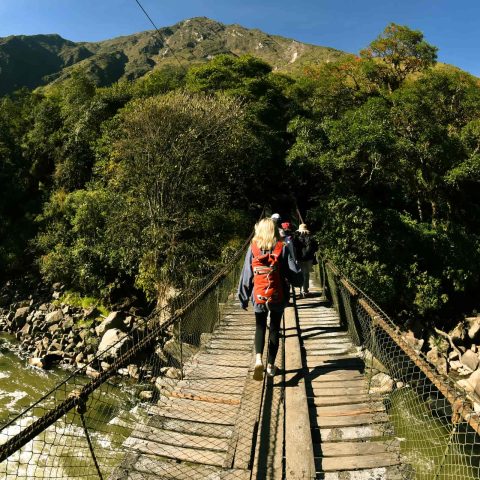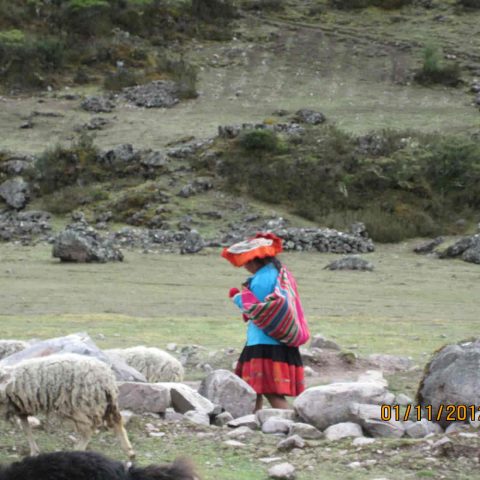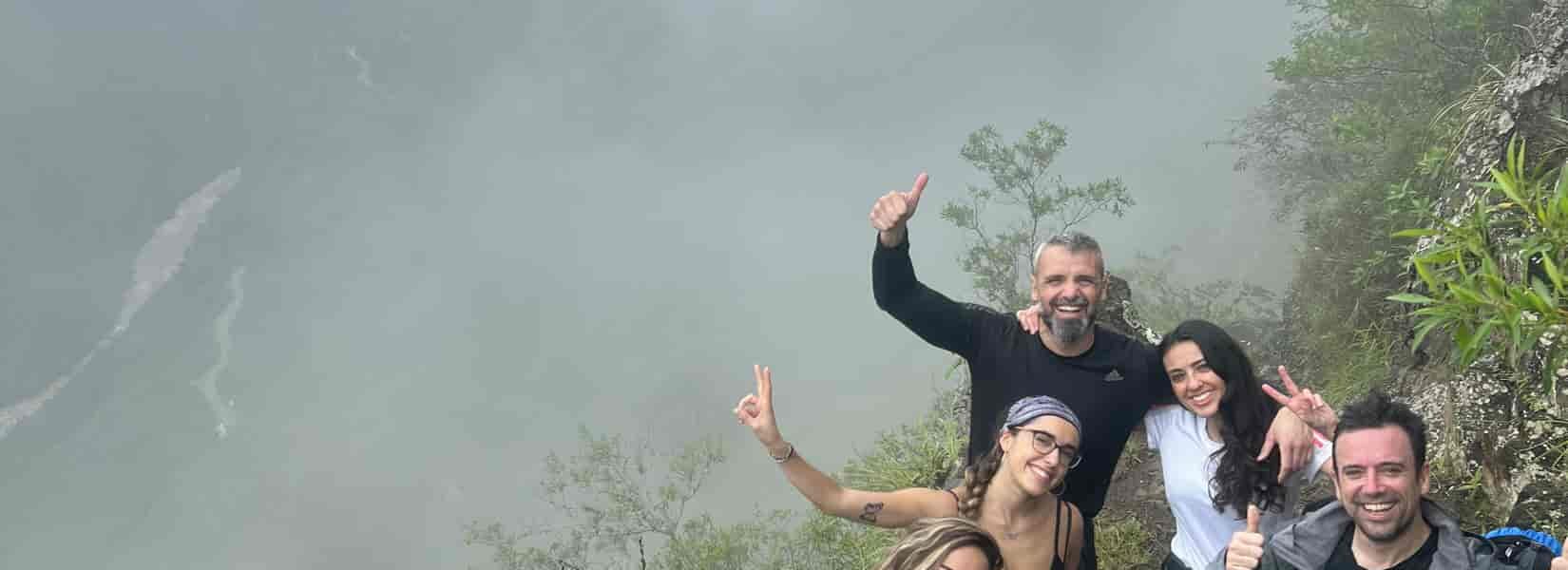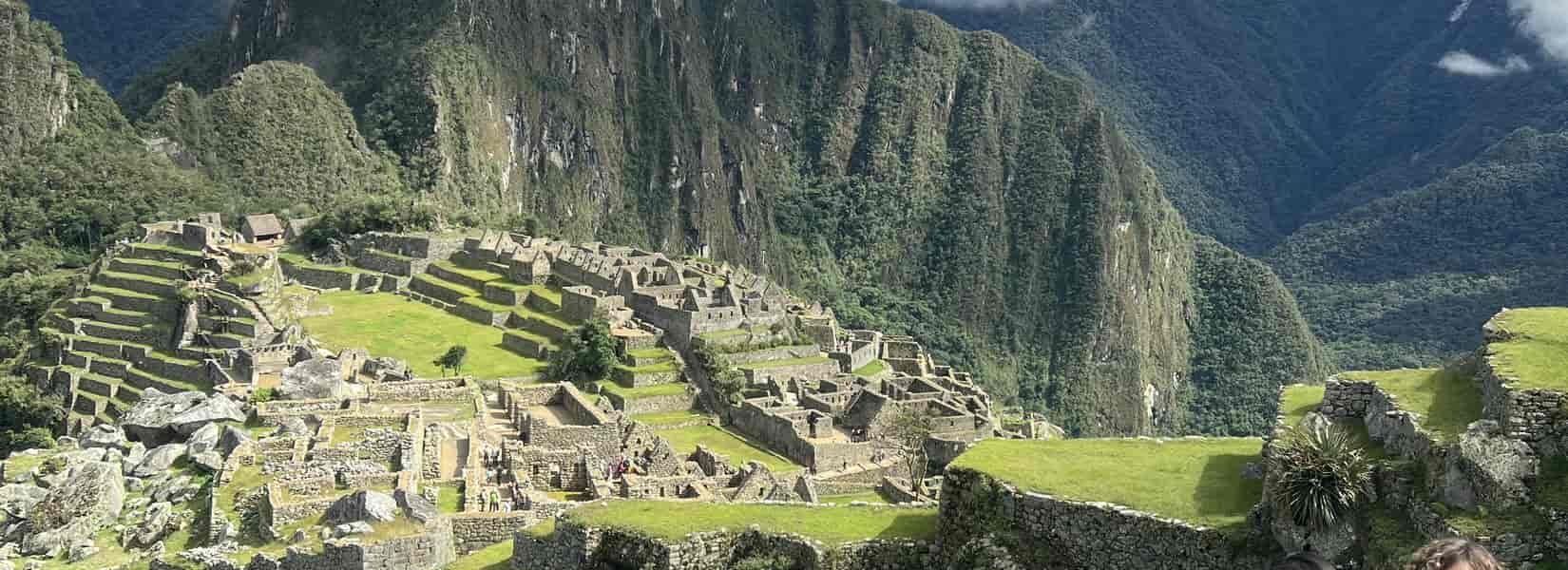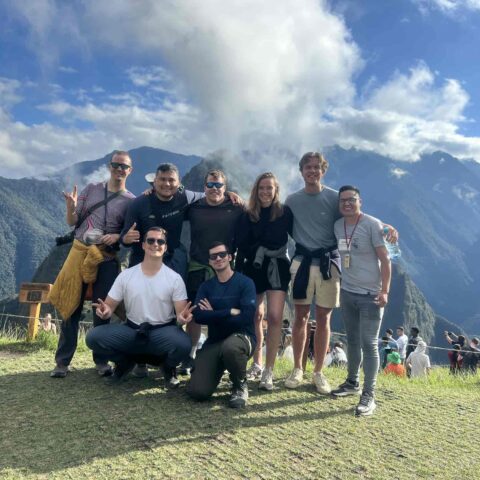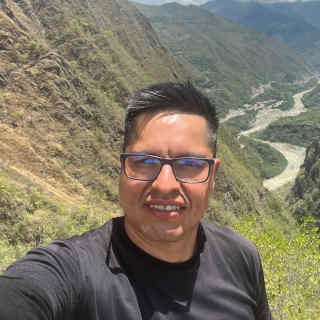Travel Guide
This guide provides essential information for your Choquequirao Trek 9 Days, offering practical advice for a challenging and rewarding experience.
Getting There
The Choquequirao Trek 9 Days typically begins in Cusco, Peru. From Cusco, you’ll usually travel by bus or private vehicle to Capuliyoc, the common trailhead. This journey involves descending into the Apurímac Canyon, marking the true start of your Choquequirao Trek 9 Days.
Recommended Season for Visiting
The dry season, from May to October, is highly recommended for the Choquequirao Trek 9 Days. During this period, the weather is more stable with less rain, which provides better trail conditions and clearer views. The wet season, from November to April, can make the trails muddy and difficult, increasing the risk of landslides and challenging river crossings.
Physical Preparation
The Choquequirao Trek 9 Days is considered a demanding trek, involving significant ascents and descents, often in hot conditions. Excellent physical fitness is essential. Incorporate strenuous cardiovascular exercise, strength training, and long-distance hiking (including elevation changes) into your routine for several months before your Choquequirao Trek 9 Days.
Health Recommendations
Before your Choquequirao Trek 9 Days, consult your doctor about altitude sickness prevention, as you will experience significant elevation changes. Bring a personal first-aid kit with blister treatment, pain relievers, and any necessary personal medications. Staying well-hydrated by drinking purified water is crucial throughout your Choquequirao Trek 9 Days.
What to Wear for the Tour
For your Choquequirao Trek 9 Days, pack lightweight, breathable, and quick-drying layers. This includes long-sleeved shirts and pants for sun and insect protection, warmer layers for cool evenings at higher camps, and waterproof outer layers. Sturdy, broken-in hiking boots with good ankle support are essential. Bring a wide-brimmed hat, sunglasses, and comfortable camp shoes.
Necessary Documentation
Carry your valid passport for your Choquequirao Trek 9 Days. It’s also advisable to have copies of your travel insurance policy and any tour booking confirmations. Keep these documents in a waterproof bag.
Local Transportation
During the Choquequirao Trek 9 Days, transportation is primarily on foot. Vehicle transfers will get you to the trailhead from Cusco and pick you up at the end of the trek. Muleteers and mules are typically used to carry equipment and food, but trekkers carry their daypacks.
Main Attractions
The primary attraction of the Choquequirao Trek 9 Days is the magnificent Inca site of Choquequirao itself, a vast archaeological complex comparable in size to Machu Picchu, but far less visited. Other attractions include stunning views of the Apurímac Canyon, diverse ecosystems, and the opportunity to experience remote Andean villages. If your itinerary extends to Machu Picchu, that becomes a final major attraction.
Local Food
Food during the Choquequirao Trek 9 Days is typically prepared by a dedicated cook accompanying your group. Meals are wholesome and designed to provide ample energy for the strenuous trek. Expect a mix of traditional Peruvian dishes, including soups, rice, potatoes, chicken, and fresh vegetables. Dietary restrictions can often be accommodated with advance notice.
Local Markets
Due to the remote nature of the Choquequirao Trek 9 Days, you will not encounter traditional local markets along the trail. All necessary supplies will be carried by your trekking team. In Cusco, before or after your trek, you will find numerous local markets to explore.
Safety Advice
Always follow the instructions of your guide on the Choquequirao Trek 9 Days. The trail can be challenging, so stay aware of your footing, especially during descents. Protect yourself from sun exposure and dehydration. Be mindful of insects. Store valuables securely and report any health concerns immediately to your guide.
Internet Access
Internet access during the Choquequirao Trek 9 Days will be extremely limited or non-existent. You will be in remote areas with no mobile signal or Wi-Fi. This extended period without connectivity allows for a full immersion in the natural environment and the trekking experience.


